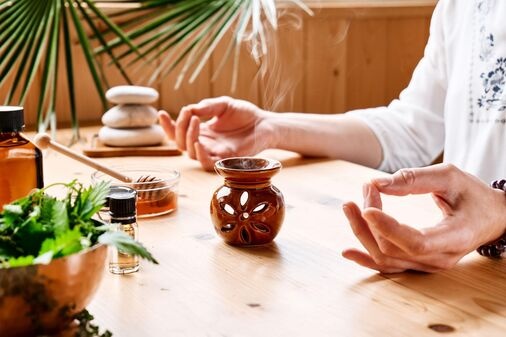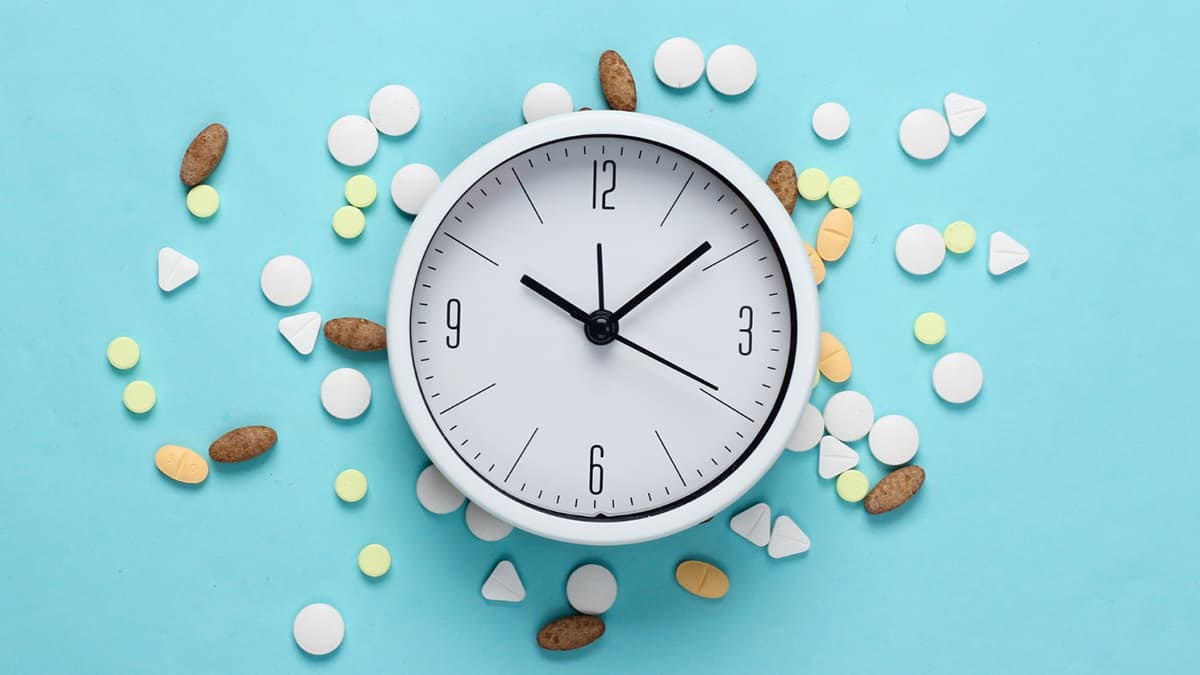The days are getting shorter. Mornings are gloomy. The evenings are darker. As a result, many of us begin to feel ourselves go into hibernation mode as the winter season rapidly approaches. The dreary, wintry weather leaves most of us not feeling our best. It can be a sign that we are battling SAD.
SAD, or Seasonal affective disorder, is a type of depression related to the changing season. It is also called the winter depression. Due to the colder weather and shorter, darker days, many often find that winter takes its toll on their mental health.
The first time people experience SAD is usually in their 20s or 30s. However, those older and younger can also be affected by the winter depression. In the UK, SAD can affect 3 in 100 in their life.
Common Signs And Symptoms Of SAD
Everyone is different. The reasons why people experience SAD can vary. For some, the seasonal changes disrupt their body clock. The 24-hour body clock regulates how we function when during our waking and sleeping hours. It can cause us to feel drowsy at times and energized at others.
Other people believe that the changing seasons disrupt their hormones. These include their melatonin and serotonin that can regulate mood, sleep, and general feelings of wellbeing.
Despite the reasons for experiencing SAD will differ between people, the signs and symptoms are usually similar.
- Changes In Mood – SAD often causes people to experience feelings of depression that happen for most of the day, every day in a seasonal pattern.
- Energy Level Decreasing – Many find that they have low energy levels and struggle with combating tiredness.
- Lack Of Interest – The winter months triggers a loss of interest. As such, what used to be a beloved hobby is now long forgotten.
- Behavioural And Lifestyle Changes – During these colder months, many note that they find themselves sleep far too much. There is also a change in appetite. Some notice that they begin to gain weight.
Ways To Tackle SAD This Winter
The darker months can have many of us want to hibernate. There are ways to counteract the effect having reduced exposure to natural light can have on our mood. SAD will differently affect everyone. As a result, something that works for one person does not mean that it will work for another. On average, there is usually something that will help. The key is not giving up or trying if the first remedy does not work for you. It is essential that you just keep trying. As the winter months draw in, take control of your mental wellbeing by using some of these tips.
1. Look At Quitting Smoking
Now is a good time as any to finally quit your smoking habit. As the year draws to a close, consider starting the new year by swapping smoking cigarettes to using a vape.
Switching from smoking cigarettes to using a vape will allow you to control the nicotine you take. Over time, you will notice that you decrease the amount of nicotine that you are consuming. Other changes you will begin to notice is the improved quality of your skin and the smell of smoke no longer lingering on clothes. You might even see an improvement in your mental health.
2. Switch To Healthy Eating Habits
Turning to our beloved comfort foods when we do not feel our best is incredibly easy. However, try to avoid overeating unhealthy foods, such as family-sized bags of crips and chocolates. Aim to be more conscious about your eating habits and what you consume during winter. It could be making sure that you are consuming your five-a-day. It is a great place to start as you can try to get the right nutrients needed to help you with boosting your energy and immune system.
3. Keeping Active And Getting Sleep
If you are making changes to your health, from improving your eating habits or quitting smoking, you may also want to consider getting active. Maintaining a proficient level of exercise is a fantastic way to elevate your mood and energy levels during the winter months. It is equally as important to regulate your sleeping patterns. The long, dark days can make it easy to want to stay in bed and sleep the day away. It is important to avoid oversleeping, as well as overindulging in consuming alcohol and caffeine.
4. Take A Walk Outside
Walking outside in the colder weather does not sound the most appealing. Going outside in natural daylight as much as possible, especially on brighter days and around midday can help in tackling your winter blues. When you are at home, sit near windows wherever you can see the light shining from outside.
If there are rooms in your home that are due to a fresh coat of paint, consider choosing pale colours for the walls. It will help to reflect the light from outside and make a room feel brighter. If it is a smaller room, it can also help to make it appear bigger.
5. See The Light
For those days where the sun has not broken through the dark clouds, it can be challenging to get any light. One approach that some find useful for helping with seasonal depression is light therapy. A common way to do light therapy at home, especially in the winter months, is by sitting in front of a lightbox for up to two hours a day.
6. Have Something Upbeat Playing
The winter months can already have us feeling blue, having slow ballads playing as the soundtrack might not be the most helpful. Try listening to more upbeat, cheerful music to improve your mood. You may notice an improvement in your mood as the song plays – even after it ends. In addition to playing cheerful music, the same can be applied to film and television. When the weather outside is frightful, put your favorite feel-good comedy on the television. It could help you to laugh away some of your seasonal blues.
7. Socialise With Loved Ones
Although the weather might make you want to stay indoors, it is important to remain social. Maintain social relationships by organizing video calls, having a catch-up on the phone with a friend or family member, sending a text message, or even writing a letter. When you check in on other people, you can help to boost both your spirits and theirs. You may even find that they are also struggling with the impact of the colder weather. As such, you can work together to help you overcome SAD and get through the winter months.
The Bottom Line
As the colder months quickly come around, having plans in place to help you face the impending winter blues could make it easier to manage your changing emotions.
During this time, you must reach out for help when you are struggling. It could be talking to friends and family or even seeking the help of a professional for guidance.
Additionally, you may choose to try each one of these tips. You might decide to search for other strategies.
Whichever route you take, you are bound to find one that will help to see you through the bitterly frosty winter months.








Leave a Reply
You must be logged in to post a comment.